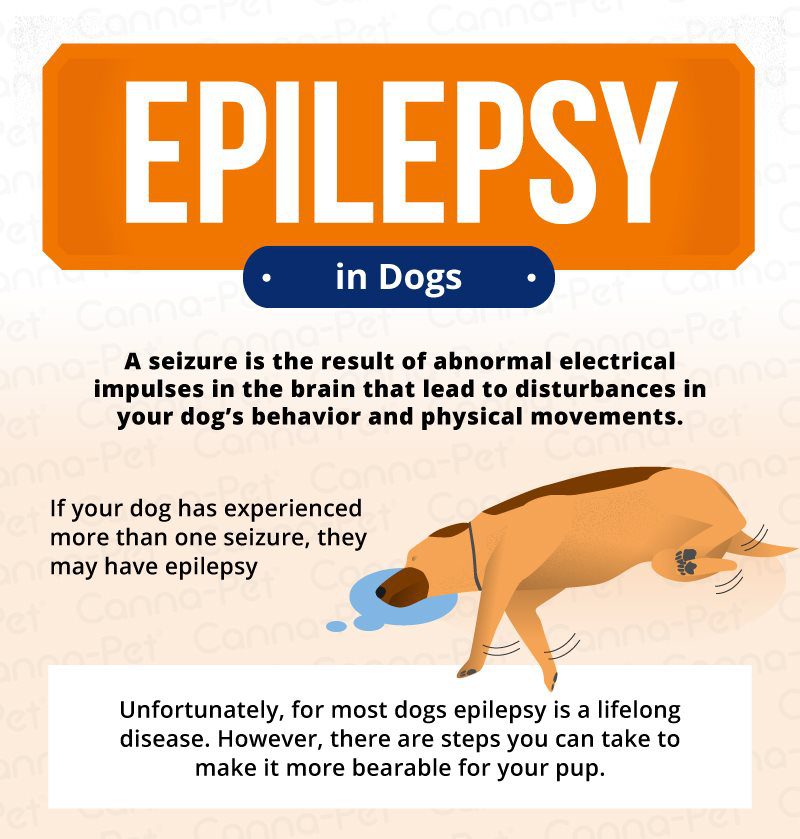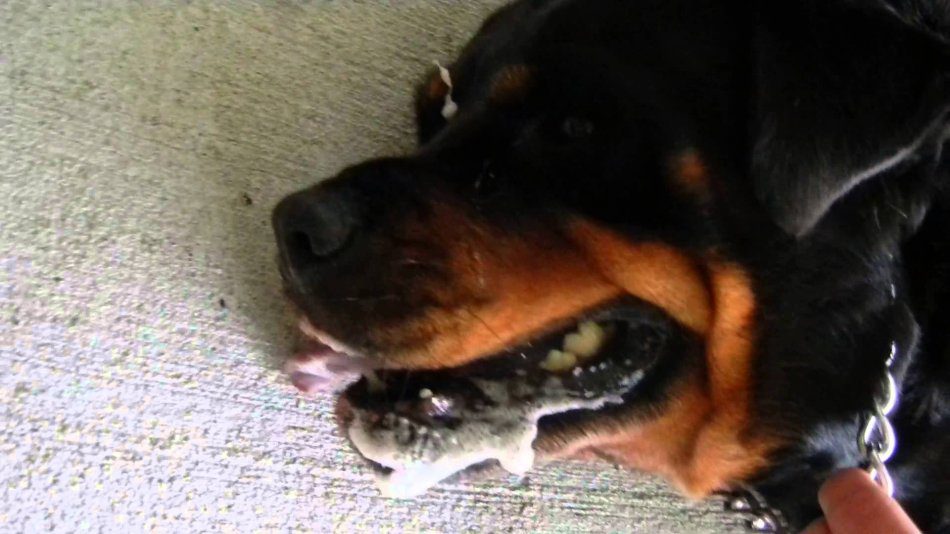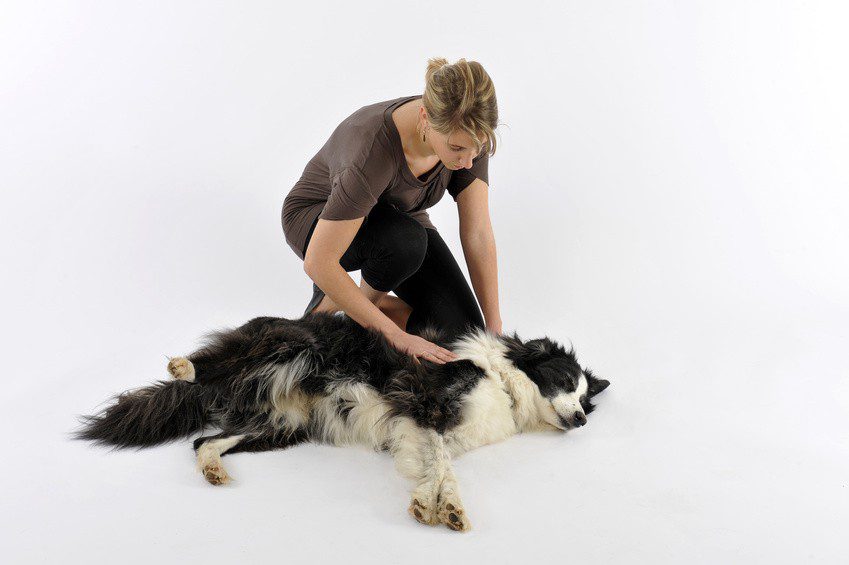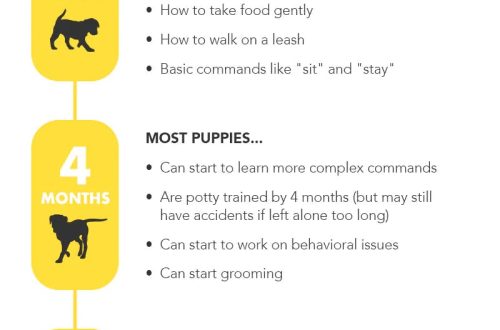
epilepsy in dogs
epilepsy in dogs – These are violations of the brain, provoking frequently recurring spontaneous seizures with or without loss of consciousness. 
Contents
Causes of epilepsy in dogs
Epilepsy in dogs can be true (idiopathic) or symptomatic. Idiopathic epilepsy in dogs is inherited. With this form of the disease, the activity of neurons changes for no apparent reason. This disease manifests itself at the age of 6 months – 3 years. It is believed that the disease cannot be cured, but it is possible to reduce the number of seizures to a minimum and achieve remission, which can last several years. Symptomatic epilepsy in dogs is the body’s reaction to negative changes or the consequences of changes in the brain. The causes of this form of epilepsy in dogs are varied and include:
- traumatic brain injury,
- bacterial or viral infections,
- diseases of internal organs (liver, heart, kidneys, blood vessels and others),
- tumors,
- intoxication of the body.
Males are more prone to epilepsy than females.
Epilepsy Symptoms in Dogs
It is important to distinguish between epilepsy in the dog and seizures that are not related to epilepsy and may be caused by fever, acute renal failure, or low blood calcium levels. The symptoms are similar, so often only a veterinarian can distinguish epilepsy from similar seizures. An epileptic attack in a dog can often be predicted in advance by the following symptoms:
- The dog is anxious and tries to hide.
- The attack begins with the fact that the dog falls on its side, the body becomes constrained.
- You may observe jaw tremor.
- Involuntary defecation and urination.
- The dog whines, actively moves its paws.
- Pupils retract or move randomly.
- The jaws are tightly compressed.
- Possible discharge from the mouth of a foamy viscous liquid or vomiting.
The duration of an epileptic attack in a dog is from a few seconds to 15 minutes. Epilepsy attacks in a dog occur most often at night or during rest. After an epileptic attack, the dog is not oriented in space, coordination of movements is disturbed, increased appetite and thirst are observed. The dog returns to normal almost immediately or within 12 to 24 hours.
Diagnosis of epilepsy in dogs
Diagnosis of epilepsy in dogs necessarily includes the following studies:
- Encephalogram.
- Biochemical analysis of blood and urine.
- X-ray skull.
- Ultrasound examination of the abdominal cavity.
- ECG.
- MRI.
The owner must carefully describe how the seizure proceeded, its duration, how the dog behaved before and after the seizure. Of great importance is information about the general condition of the dog, current and past injuries and illnesses. 
How to Stop an Epilepsy Seizure in a Dog
The owner cannot stop a seizure that has begun, but can help the dog survive an epileptic seizure. For this you need:
- Protect your dog from possible injury. Put your hand under the dog’s head and gently move it away from dangerous objects.
- You can not press the dog to the floor or constrain its movements.
- Lay the dog on its side, open the jaws with a spoon or other suitable object.
- When the attack is over, do not force communication on the dog and protect it from stress.
- Do not panic! The first attack almost always resolves in a short time (a few seconds or a few minutes) and does not pose an immediate danger to the pet’s life.
- If the seizure lasts more than 15 minutes or the seizures follow one after another, contact your veterinarian immediately! There is a possibility that this is status epilepticus, and such a condition is life-threatening.

Treatment of epilepsy in dogs
Epilepsy attacks are more severe in young dogs. However, according to statistics, dogs under 2 years of age respond well to medical treatment for epilepsy. Do not try to self-medicate. If your dog has an epileptic seizure, contact your veterinarian as soon as possible. The veterinary clinic will conduct an examination, diagnosis and prescribe treatment. In the future, you will have to strictly adhere to the recommendations of the veterinarian.





